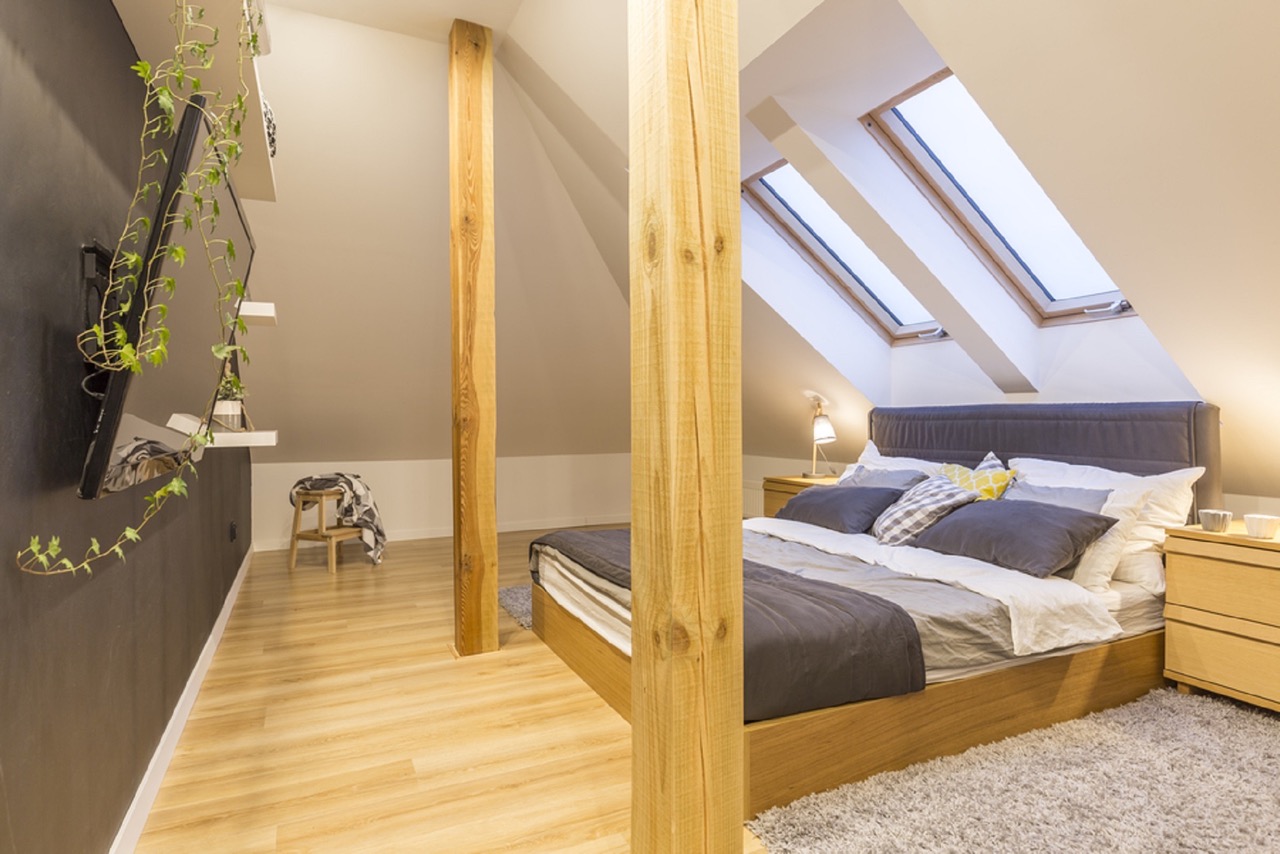

Articles
How Do You Insulate Knee Walls In An Attic
Modified: October 31, 2024
Learn how to insulate knee walls in your attic with these informative articles. Get expert advice and tips for maximizing energy efficiency in your home.
(Many of the links in this article redirect to a specific reviewed product. Your purchase of these products through affiliate links helps to generate commission for Storables.com, at no extra cost. Learn more)
Overview
Insulating knee walls in an attic is an essential step in improving energy efficiency and maintaining comfortable temperatures in your home. Knee walls, also known as pony walls, are short walls that are typically found in attics, particularly in homes with sloped roofs. These walls separate conditioned living spaces from unconditioned attic space.
Without proper insulation, knee walls can be a significant source of heat loss and energy waste. Cold air can seep into the living spaces during winter months, making them uncomfortable and causing your heating system to work harder. In the summer, hot air can penetrate the walls, resulting in increased cooling costs.
In this article, we will discuss the importance of insulating knee walls, the types of insulation you can use, and provide a step-by-step guide to insulating knee walls in an attic. We will also highlight common mistakes to avoid and the benefits of properly insulating knee walls.
By understanding the ins and outs of knee wall insulation, you can enhance the energy efficiency of your home, save on utility bills, and create a more comfortable living environment.
Key Takeaways:
- Properly insulating knee walls in an attic enhances energy efficiency, comfort, and indoor air quality. It reduces energy costs, controls moisture, and creates a more sustainable living environment.
- Choosing the right insulation type and avoiding common mistakes are crucial for maximizing the effectiveness of knee wall insulation. Professional guidance ensures optimal results and long-term benefits.
Read more: How Do You Install Insulation In Walls
Understanding Knee Walls
To effectively insulate knee walls, it’s important to first understand what they are and how they function. Knee walls are short walls that are typically found in attics with sloped roofs. They are called knee walls because they are usually waist-high, getting their name from the fact that they reach up to around the height of a person’s knee.
Knee walls are commonly seen in older homes, where the attic space was converted into a living area. These walls are used to separate the living space from the unconditioned attic space. They are typically located beneath the sloped roof and can be found on the sides of the attic, running parallel to the floor.
While knee walls can provide some level of privacy and structural support, they often lack the proper insulation required to prevent heat transfer. This can lead to significant energy loss and discomfort in the living area below. Heat loss occurs as warm air inside the living space comes into contact with the cold attic air, causing it to cool down and making it harder for your heating system to maintain a comfortable temperature.
It’s worth noting that knee walls are different from traditional exterior walls. Exterior walls are fully enclosed and have insulation within the wall cavity, while knee walls are open on one side to the unconditioned attic space. This unique design requires specific insulation strategies to effectively prevent heat transfer and maintain a comfortable living environment.
Understanding the characteristics of knee walls is crucial in determining the best insulation materials and methods to use. By properly insulating knee walls, you can create a thermal barrier that reduces heat flow and ensures a more energy-efficient home.
Why Insulate Knee Walls in an Attic?
Insulating knee walls in an attic is essential for several reasons. Here are the key reasons why you should prioritize insulating knee walls:
- Energy Efficiency: Knee walls that lack insulation can result in significant energy loss. Heat transfer occurs as warm air from the living spaces comes into contact with the unconditioned attic air, leading to increased heating and cooling costs. By insulating knee walls, you create a thermal barrier that helps to minimize heat flow and maintain a more stable and comfortable temperature in your home.
- Comfort: Inadequately insulated knee walls can cause temperature imbalances and drafts in your living spaces. Cold air can seep in during winter months, making the rooms adjacent to the knee walls uncomfortable and harder to heat. Conversely, in the summer, hot air can penetrate the knee walls, leading to increased cooling demands and discomfort. Proper insulation helps to reduce temperature fluctuations and create a more cozy and comfortable living environment.
- Moisture Control: Insulating knee walls also helps with moisture control. Attics are prone to moisture buildup, which can lead to mold growth and structural damage. Insulation acts as a barrier, preventing warm and humid air from reaching the cold surfaces inside the knee walls. This helps to mitigate condensation and reduce the risk of moisture-related issues.
- Noise Reduction: Insulating knee walls can also help to minimize noise transmission between the living spaces and the attic. The insulation material acts as a sound barrier, absorbing and dampening the noise before it reaches the adjacent rooms. This can greatly improve the overall tranquility and peace within your home.
- Increased Home Value: Installing proper insulation in knee walls demonstrates that you prioritize energy efficiency and comfort in your home. This can be an attractive selling point if you decide to put your house on the market. Prospective buyers are likely to appreciate a well-insulated home that offers energy savings and a comfortable living environment.
Overall, insulating knee walls in an attic is a cost-effective way to improve energy efficiency, enhance comfort, control moisture, reduce noise, and increase the value of your home. It’s a worthwhile investment that pays off in terms of reduced utility bills, improved living conditions, and a more comfortable and sustainable home.
Types of Insulation for Knee Walls
When it comes to insulating knee walls in an attic, there are several types of insulation materials you can choose from. The right type of insulation for your knee walls will depend on various factors, such as your climate, budget, and personal preferences. Here are some common types of insulation used for knee walls:
- Fiberglass Batt Insulation: Fiberglass batt insulation is one of the most common and affordable options for insulating knee walls. It comes in pre-cut panels that can be easily installed between the studs of the knee walls. Fiberglass batts are made of glass fibers and provide good thermal resistance. However, it’s important to ensure proper installation to avoid gaps and air leakage.
- Spray Foam Insulation: Spray foam insulation is a popular choice for knee walls due to its excellent thermal and air sealing properties. It is applied as a liquid and expands to fill the cavity, creating a seamless and airtight barrier. Spray foam insulation provides superior thermal performance and helps to minimize heat loss and air infiltration. However, professional installation is recommended as it requires specialized equipment.
- Cellulose Insulation: Cellulose insulation is another effective option for insulating knee walls. It is made from recycled shredded paper or other natural materials and is treated with fire-retardant chemicals. Cellulose insulation is blown into the knee wall cavities using specialized equipment, ensuring a tight and uniform fill. It offers good thermal resistance and is an eco-friendly choice.
- Rigid Foam Insulation: Rigid foam insulation is a rigid panel or board insulation made of foam materials like polystyrene or polyisocyanurate. It provides excellent thermal resistance and can be easily cut to fit the knee wall cavities. Rigid foam insulation is lightweight, moisture-resistant, and offers good insulation value. It can be installed by attaching the foam panels to the interior side of the knee walls.
- Blown-In Insulation: Blown-in insulation, such as loose-fill fiberglass or loose-fill cellulose, can also be used to insulate knee walls. This type of insulation is blown into the knee wall cavities using a specialized blowing machine. It fills in gaps and voids, ensuring a complete and uniform coverage. Blown-in insulation provides good thermal resistance and is a cost-effective option for insulating knee walls.
Before choosing a specific insulation type, it’s important to consider factors such as R-value (a measure of thermal resistance), moisture resistance, fire safety, and installation requirements. Consulting with a professional insulation contractor can help you determine the most appropriate insulation solution for your knee walls and ensure a proper and efficient installation.
When insulating knee walls in an attic, use rigid foam insulation to provide a continuous barrier and prevent air leakage. This will help maintain a consistent temperature in the living space below.
Insulating Knee Walls: Step-by-Step Guide
Insulating knee walls in an attic is a relatively straightforward process. While it may require some effort and basic DIY skills, following a step-by-step guide can ensure a successful insulation project. Here’s a general step-by-step guide to insulating knee walls:
- Assess the Existing Insulation: Start by examining the current insulation in your knee walls, if any. Determine whether it needs to be removed or if it can be supplemented with additional insulation.
- Prepare the Area: Clear any obstructions in the attic, ensuring there is enough space to work comfortably. Be sure to wear appropriate safety gear, such as gloves, goggles, and a mask, to protect yourself from insulation materials and dust.
- Measure and Cut Insulation: Measure the height and width of the knee wall cavities and cut the insulation material accordingly. Take into account any electrical outlets or other obstacles that may require custom fitting of the insulation.
- Install the Insulation: Place the insulation material into the cavities, ensuring a snug fit. For fiberglass batts, unroll them and position them between the studs, making sure they cover the entire cavity. For other insulation types, follow the manufacturer’s instructions for installation.
- Seal Air Leaks: Use caulk or expanding foam to seal any gaps or cracks around the edges of the knee wall and where it meets the attic floor. This helps to prevent air leakage and improve energy efficiency.
- Create a Vapor Barrier: In climates where moisture can be an issue, consider installing a vapor barrier on the living space side of the knee wall. This helps to prevent moisture from entering and causing damage to the insulation or the wall materials.
- Add a Finishing Touch: Lastly, consider adding a layer of drywall or other suitable wall covering to finish the knee walls. This not only enhances the aesthetics but also provides additional insulation and fire resistance.
It’s important to note that this is a general guide, and the specific steps may vary depending on the insulation type and your specific attic setup. If you’re unsure or uncomfortable with DIY insulation work, it’s always best to consult with a professional insulation contractor who can provide expert guidance and ensure a proper and efficient installation.
Read more: How Often Should You Insulate Your Attic
Common Mistakes to Avoid
When insulating knee walls in an attic, it’s important to be aware of common mistakes that can compromise the effectiveness and efficiency of the insulation. Avoiding these mistakes will help ensure a successful insulation project. Here are some common mistakes to avoid:
- Leaving Gaps and Voids: One of the biggest mistakes is not properly filling the entire cavity with insulation. Leaving gaps and voids allows for air leakage and reduces the insulation’s effectiveness. Take the time to measure and cut the insulation accurately to ensure a tight fit.
- Insufficient Insulation: Another mistake is not using enough insulation material. Insufficient insulation will not provide the necessary thermal resistance and may result in heat loss or gain. Be sure to follow the recommended insulation thickness or R-value for your climate zone.
- Neglecting Air Sealing: Insulation alone is not enough to prevent air leakage. Neglecting to seal air leaks around the knee walls and where they meet the attic floor can compromise the insulation’s effectiveness. Use caulk or expanding foam to seal any gaps or cracks to prevent air infiltration.
- Ignoring Vapor Barrier: In areas with high humidity or moisture issues, neglecting to install a vapor barrier can lead to moisture problems. Moisture can damage the insulation and promote mold growth. Always install a vapor barrier on the living space side of the knee wall, following local building codes and recommendations.
- Choosing Improper Insulation Type: Selecting the wrong insulation type for your knee walls can result in subpar performance. Consider factors such as R-value, moisture resistance, and installation requirements when choosing insulation. Research and consult with professionals to determine the most suitable insulation for your specific needs.
- Not Considering Fire Safety: When insulating knee walls, it’s important to consider fire safety measures. Ensure that the insulation material you choose meets fire safety regulations. Additionally, be cautious when installing insulation near electrical outlets or any potential heat sources to prevent fire hazards.
- Skipping Professional Advice: Insulating knee walls can be a complex task. Skipping professional advice and attempting a DIY installation without adequate knowledge and experience can lead to mistakes and inefficiencies. It’s always recommended to consult with insulation professionals to ensure a proper and effective insulation job.
By avoiding these common mistakes, you can ensure that your knee wall insulation provides optimal energy efficiency, comfort, and longevity. Proper installation and attention to detail will result in a more comfortable and sustainable living environment.
Benefits of Properly Insulating Knee Walls
Properly insulating knee walls in an attic brings several benefits to your home. Beyond improving energy efficiency, there are many advantages to investing in high-quality insulation for your knee walls. Here are the key benefits of properly insulating knee walls:
- Energy Savings: Insulating knee walls can significantly reduce heat transfer between the living spaces and the unconditioned attic. This helps to minimize the need for heating and cooling, resulting in energy savings and lower utility bills. A well-insulated home can provide long-term cost benefits by reducing energy consumption.
- Enhanced Comfort: Proper insulation prevents drafts, temperature imbalances, and hot or cold spots near your knee walls. Insulated knee walls ensure a more consistent and comfortable indoor environment throughout the year. You’ll enjoy a warmer living space in winter and a cooler area in summer, making your home more enjoyable to live in.
- Noise Reduction: Insulating knee walls can act as a sound barrier, reducing the transmission of noise from the attic to the living spaces and vice versa. Whether it’s reducing the sound of footsteps or dampening outside noise, insulation helps create a quieter and more peaceful home.
- Moisture Control: Proper insulation and air-sealing measures can help control moisture levels in the attic and prevent condensation. This reduces the risk of mold, mildew, and other moisture-related issues that can damage the structure of your home and pose health risks to occupants.
- Health and Indoor Air Quality: Insulating knee walls properly can contribute to better indoor air quality. By sealing air leaks, insulation helps prevent the infiltration of dust, pollen, and outdoor pollutants into your living spaces. This creates a healthier indoor environment, especially for those with respiratory conditions or allergies.
- Increased Home Value: A well-insulated home with properly insulated knee walls can be more appealing to potential buyers. Energy efficiency and comfort are major selling points in the real estate market. A properly insulated home can attract buyers and potentially increase your home’s value.
- Sustainable and Environmentally Friendly: Insulating knee walls reduces energy consumption and the carbon footprint of your home. It helps to conserve natural resources by minimizing the need for excessive heating and cooling. By reducing energy usage, you are contributing to a greener and more sustainable planet.
Overall, investing in proper insulation for your knee walls provides a range of benefits, including energy savings, enhanced comfort, noise reduction, moisture control, improved indoor air quality, increased home value, and a more sustainable living environment. It’s a wise investment that pays off in terms of both financial savings and overall well-being.
Conclusion
Insulating knee walls in an attic is a crucial step in improving energy efficiency, increasing comfort, and creating a more sustainable living environment. Properly insulating knee walls prevents heat transfer, reduces energy consumption, and minimizes temperature fluctuations in your home. It also helps control moisture, reduces noise transmission, and enhances indoor air quality. By investing in insulation for your knee walls, you can enjoy a range of benefits and improve the overall quality of your living spaces.
There are various types of insulation materials available for knee walls, including fiberglass batts, spray foam, cellulose, rigid foam, and blown-in insulation. Choosing the right insulation type depends on factors such as R-value, moisture resistance, and installation requirements. Consulting with professionals can help you make an informed decision and ensure a proper installation.
When insulating knee walls, it’s important to avoid common mistakes such as leaving gaps and voids, insufficient insulation, neglecting air sealing, and ignoring fire safety. By taking the time to properly install insulation, seal air leaks, and consider fire safety precautions, you can maximize the efficiency and effectiveness of your knee wall insulation.
The benefits of properly insulating knee walls are numerous. In addition to energy savings and increased comfort, insulation improves noise reduction, helps control moisture, enhances indoor air quality, adds value to your home, and contributes to a more sustainable future.
Whether you choose to tackle the insulation project yourself or seek professional assistance, insulating knee walls is a worthwhile investment. It improves the overall performance of your home, reduces utility bills, and creates a more comfortable and enjoyable living environment for you and your family.
So, don’t overlook the importance of insulating knee walls in your attic. Take the necessary steps to properly insulate them and start reaping the benefits today.
Frequently Asked Questions about How Do You Insulate Knee Walls In An Attic
Was this page helpful?
At Storables.com, we guarantee accurate and reliable information. Our content, validated by Expert Board Contributors, is crafted following stringent Editorial Policies. We're committed to providing you with well-researched, expert-backed insights for all your informational needs.
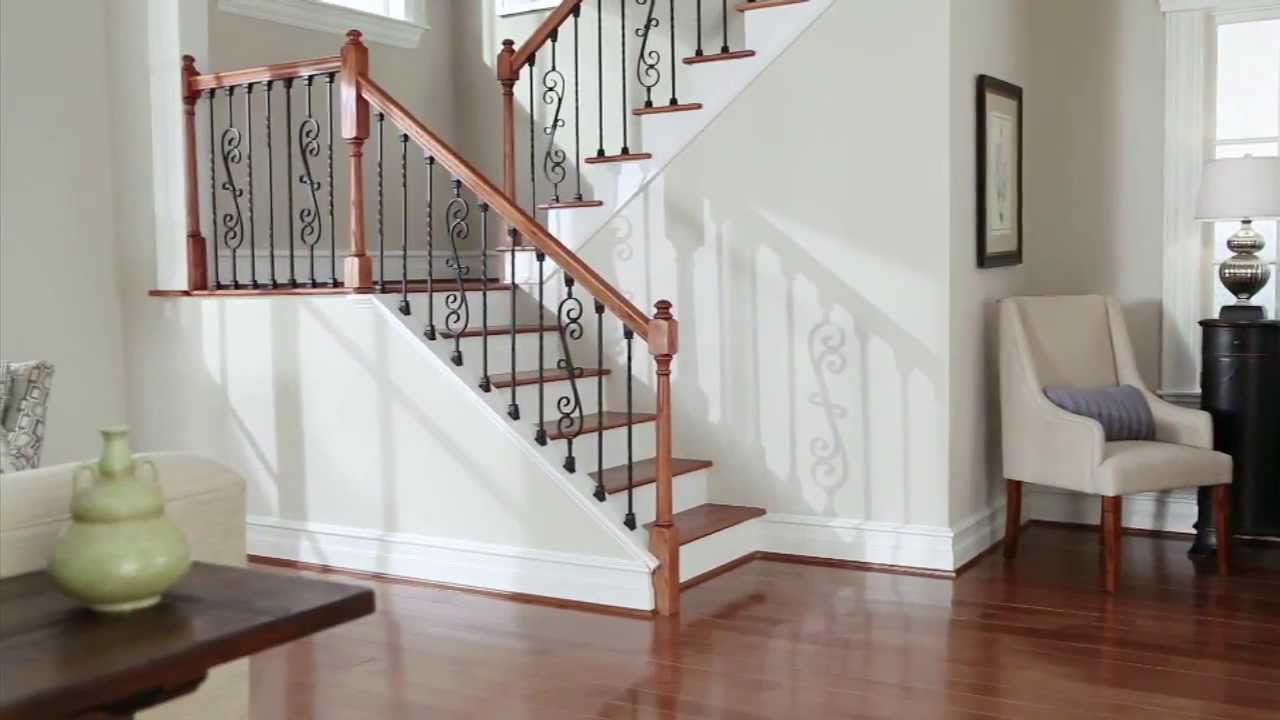
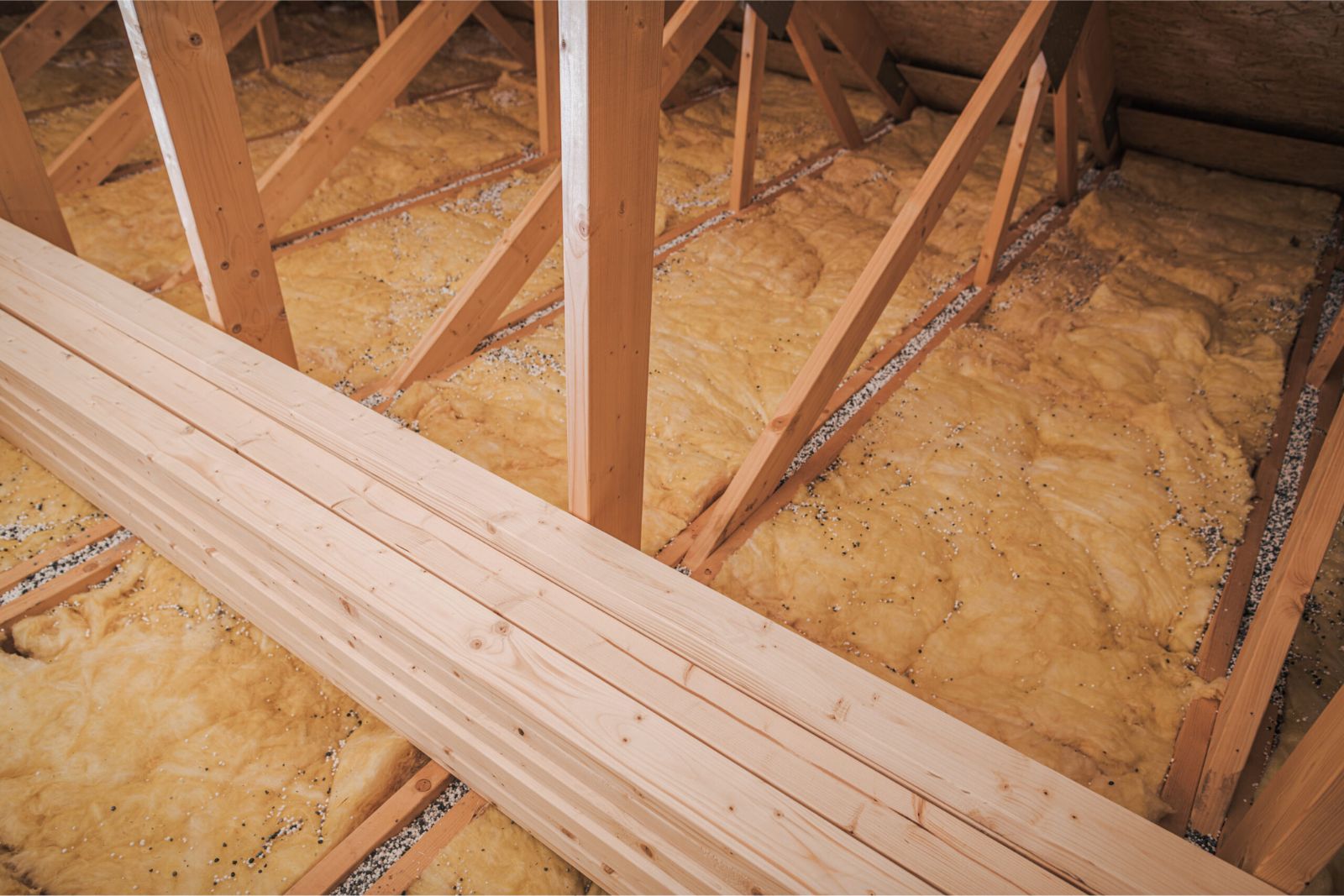
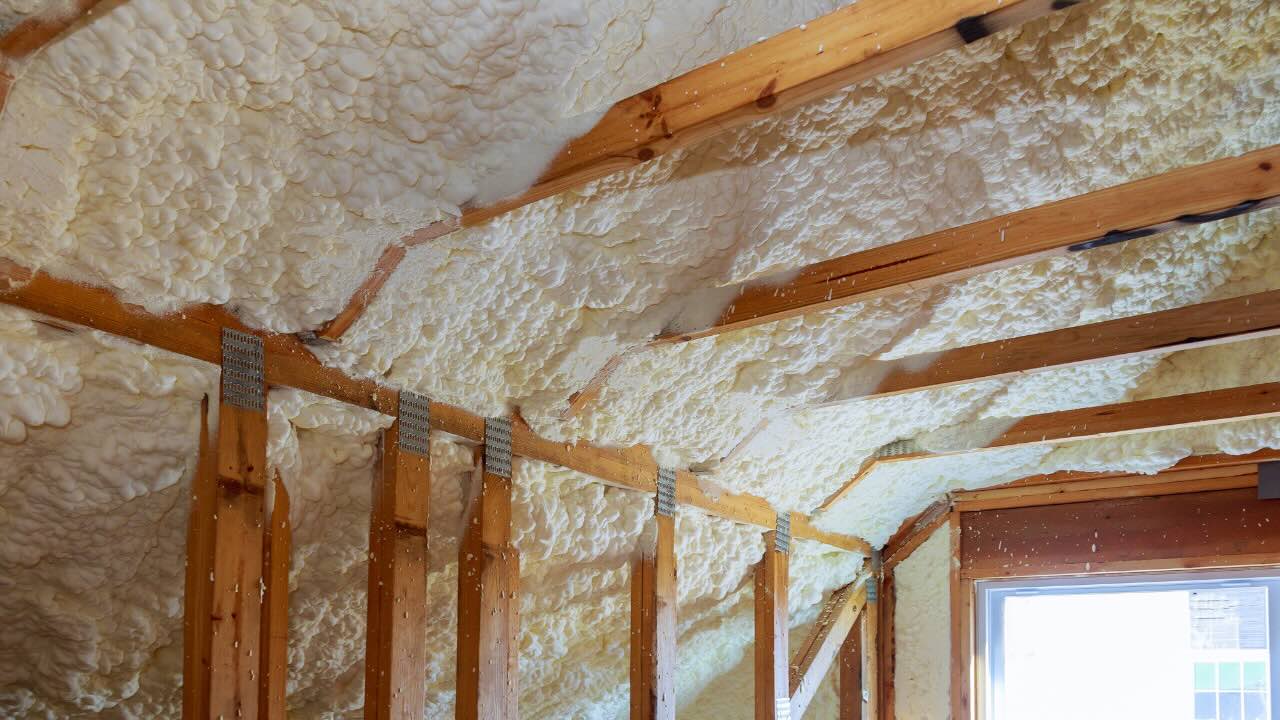
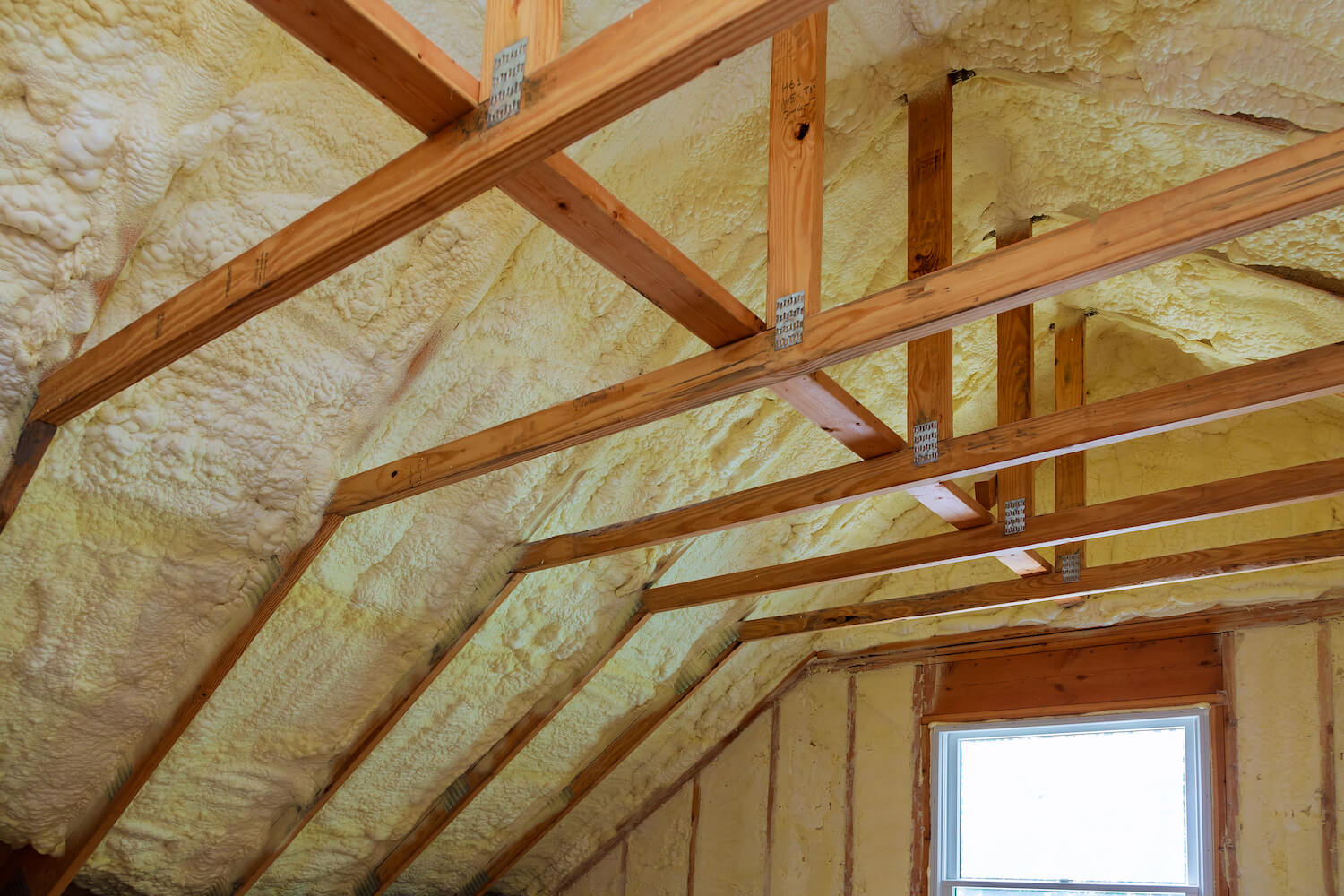
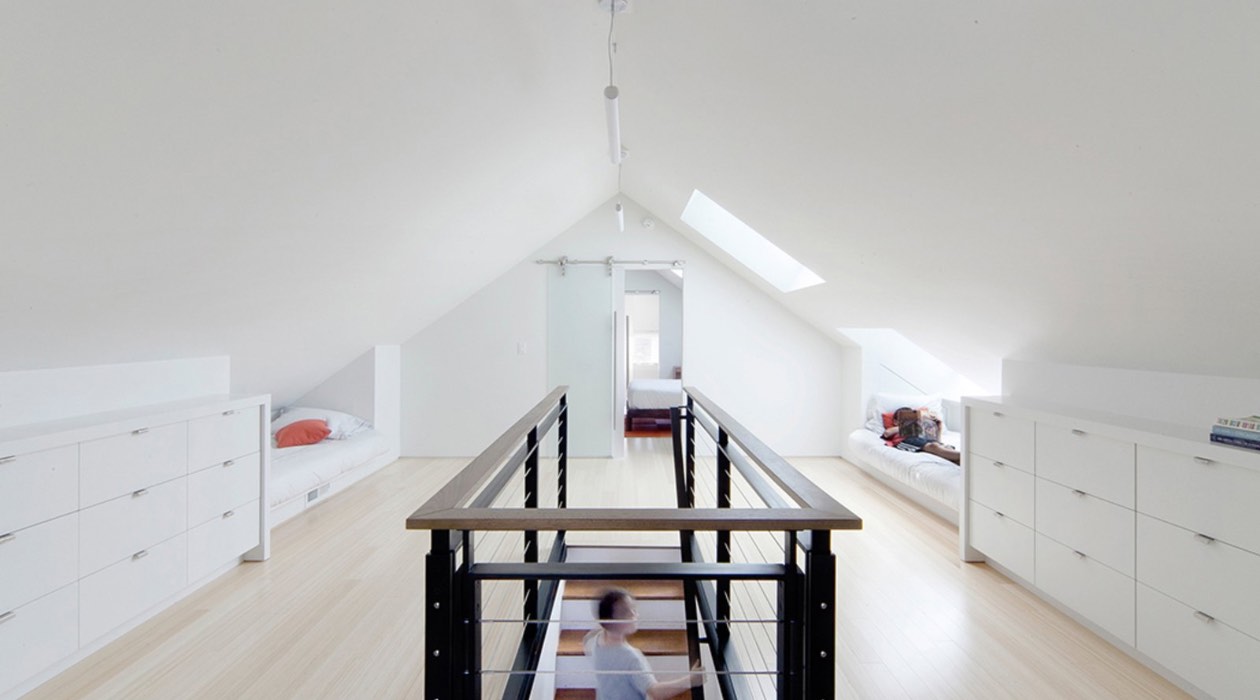
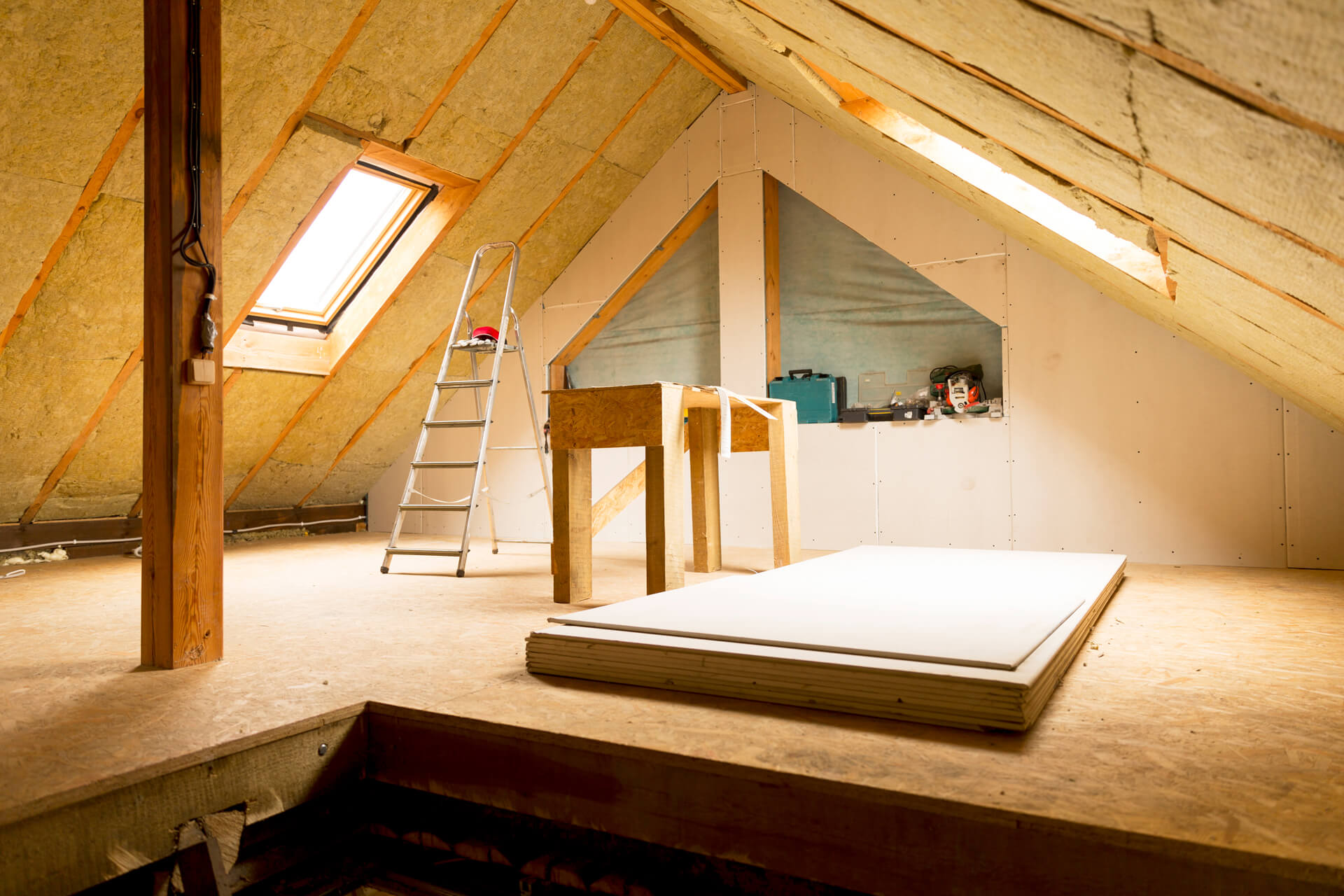
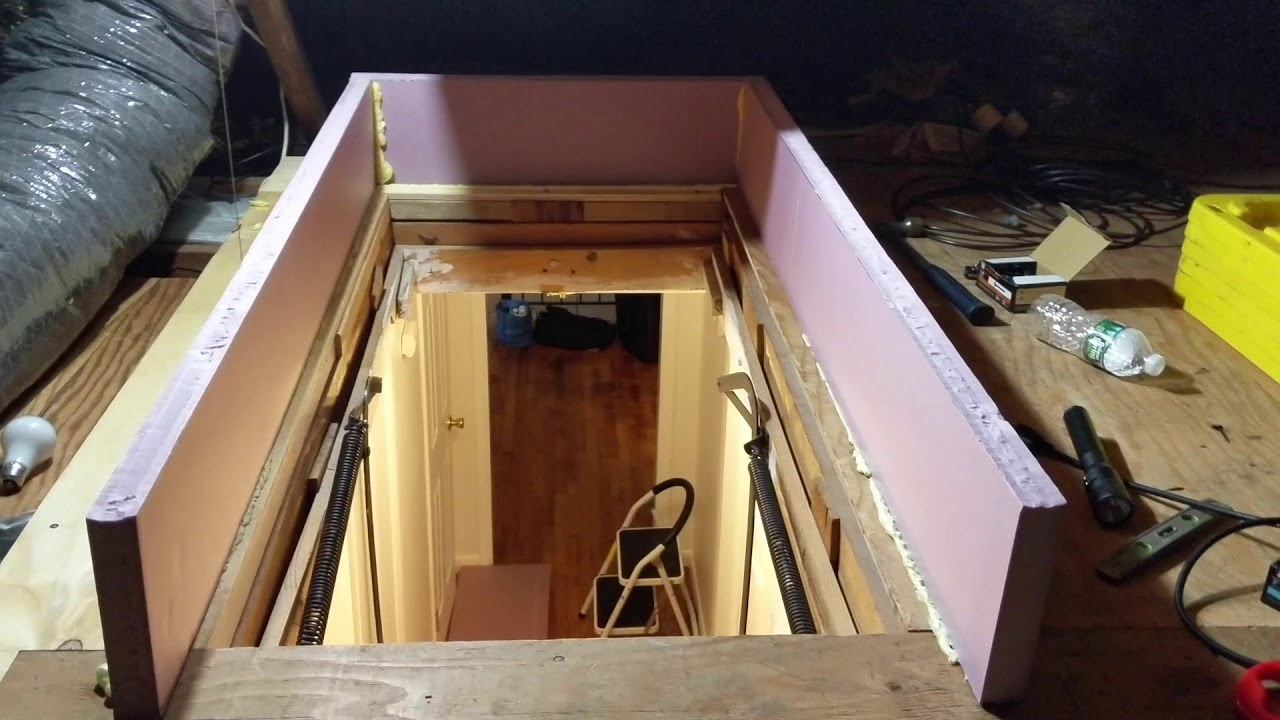
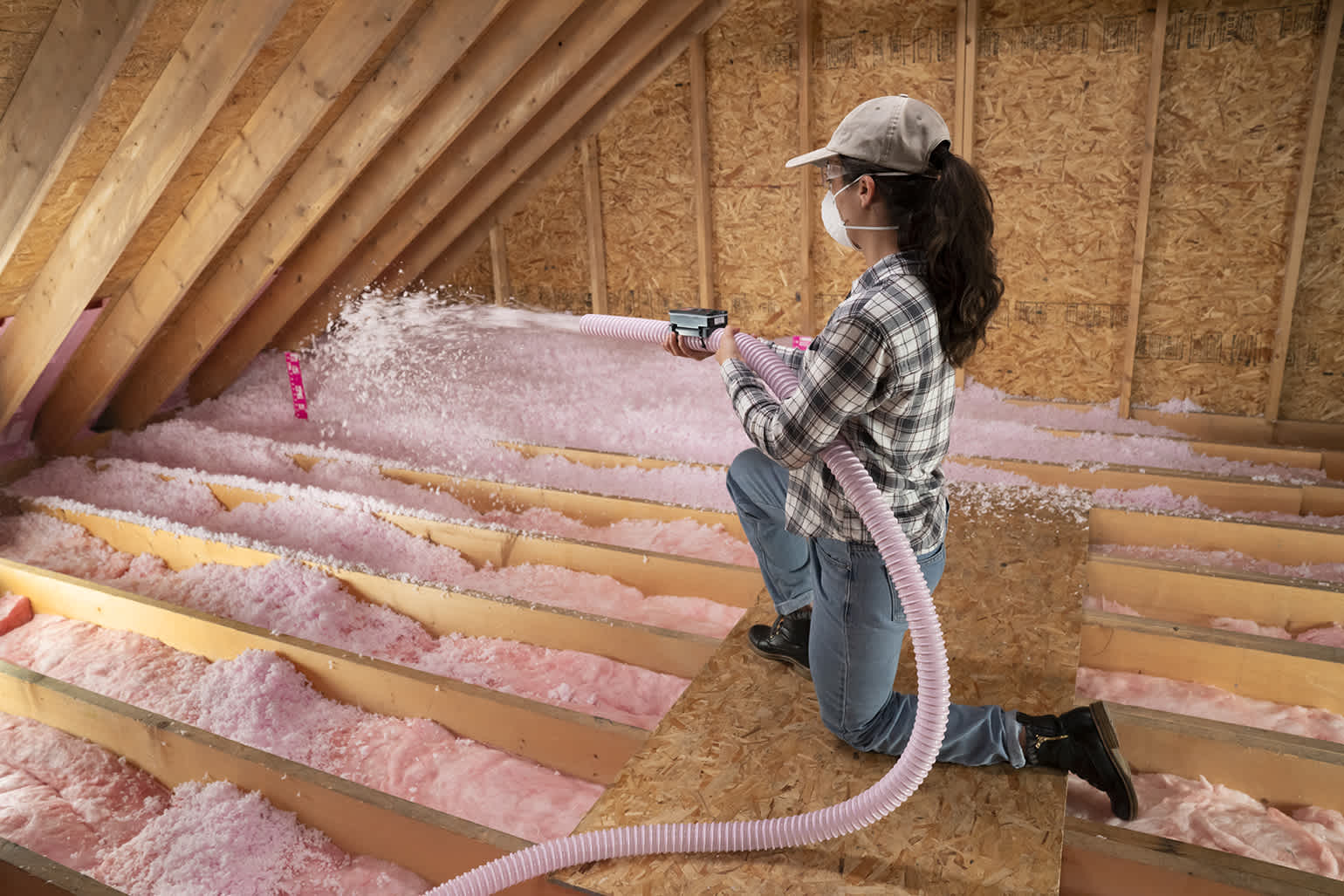
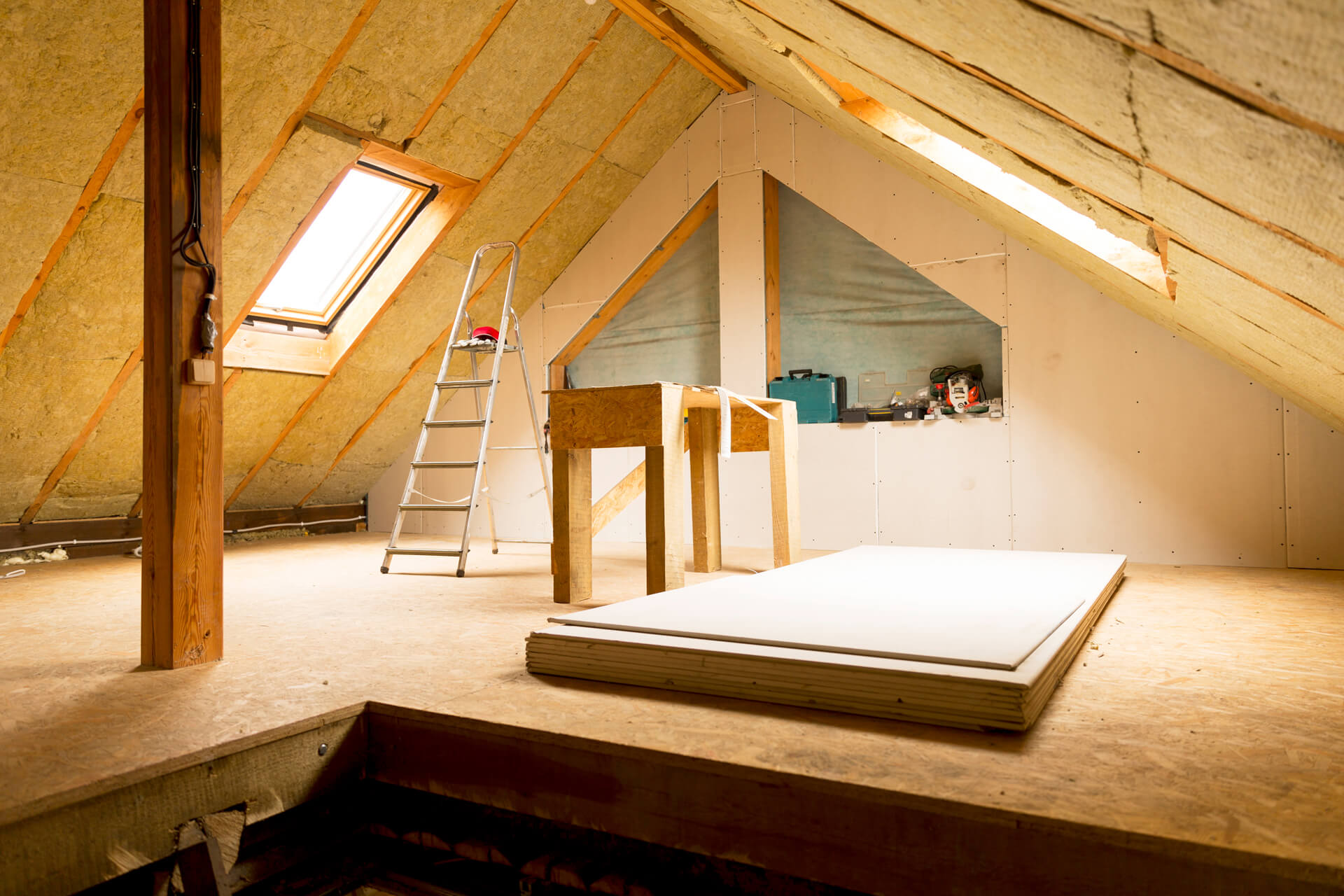
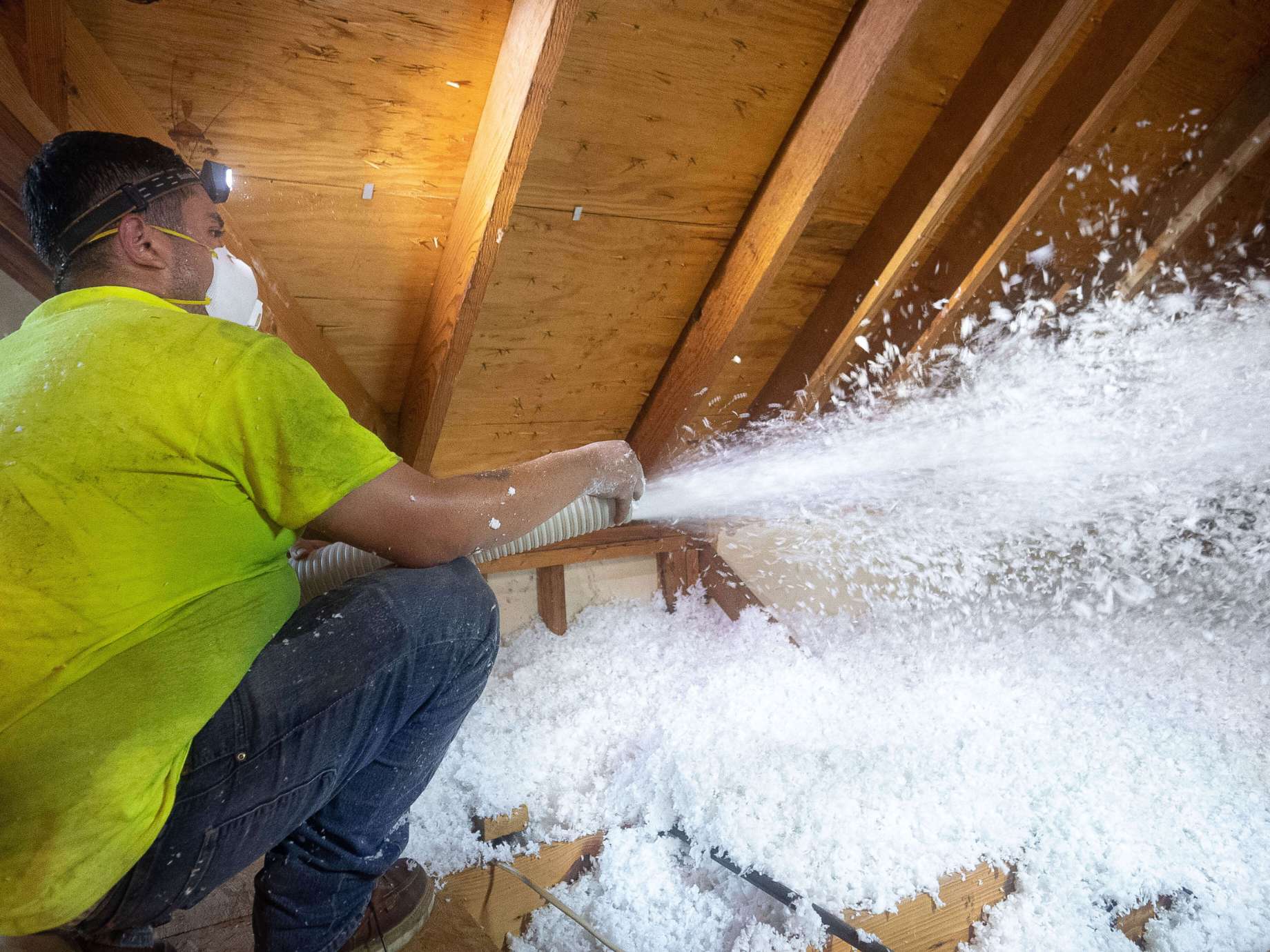
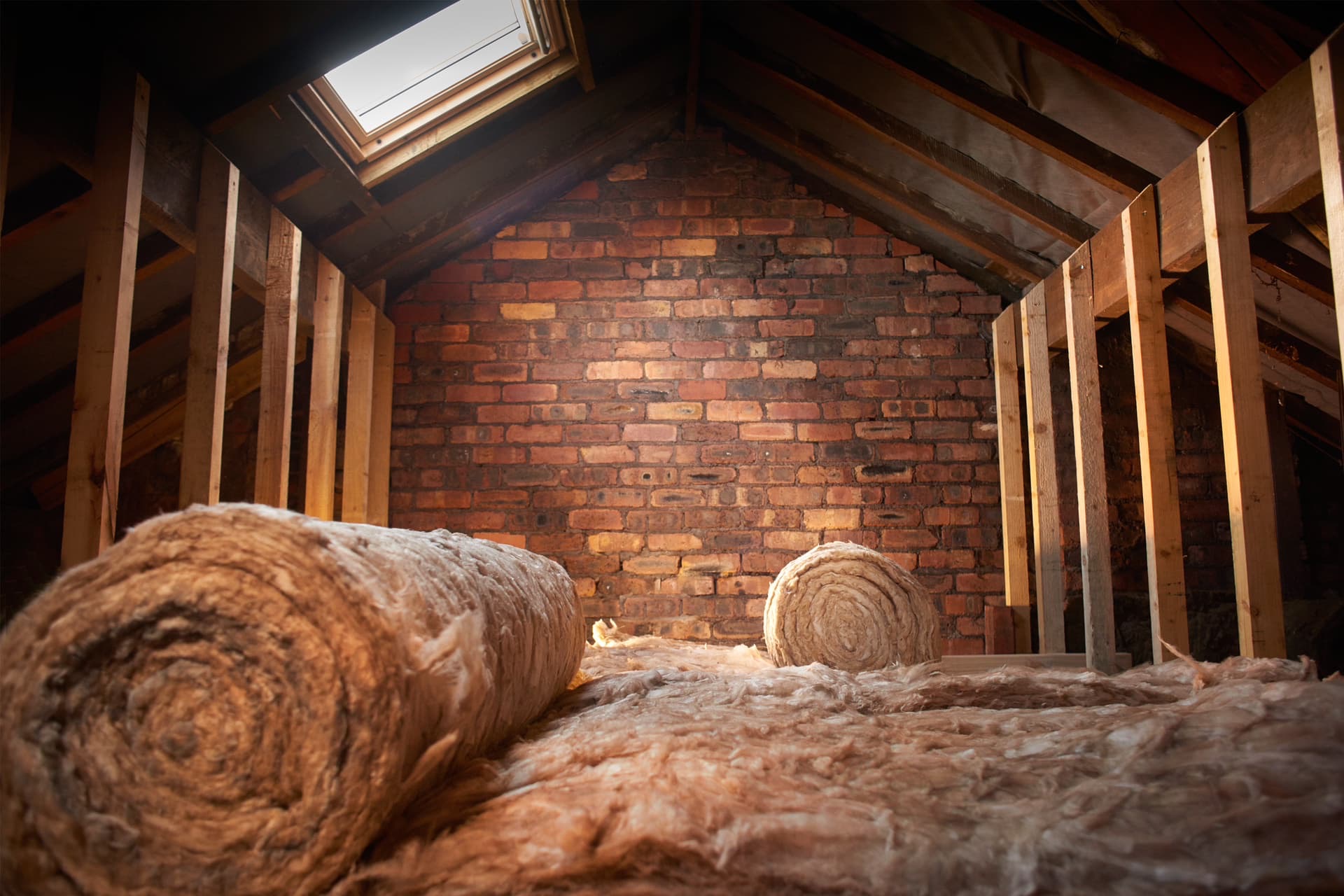
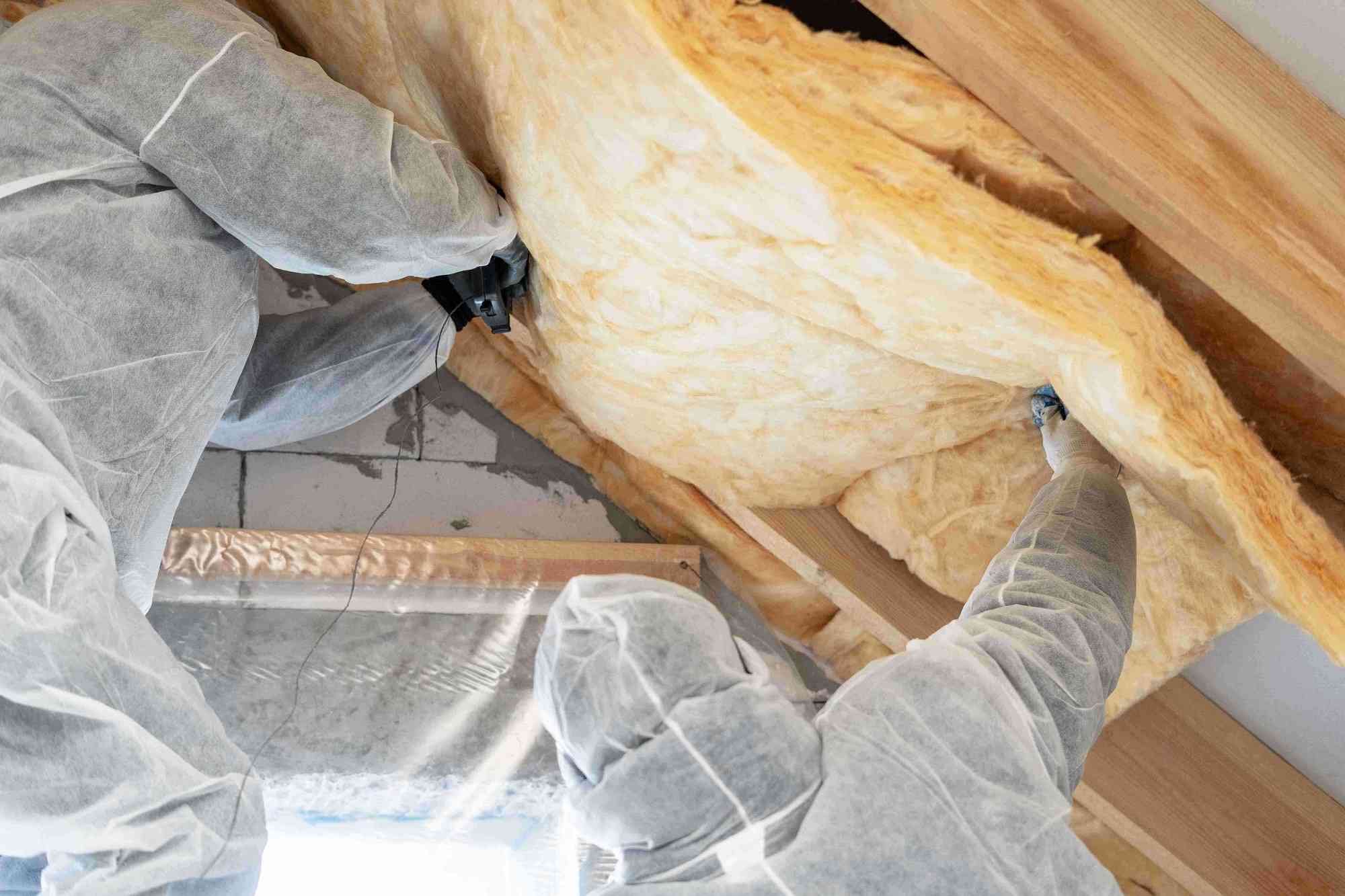

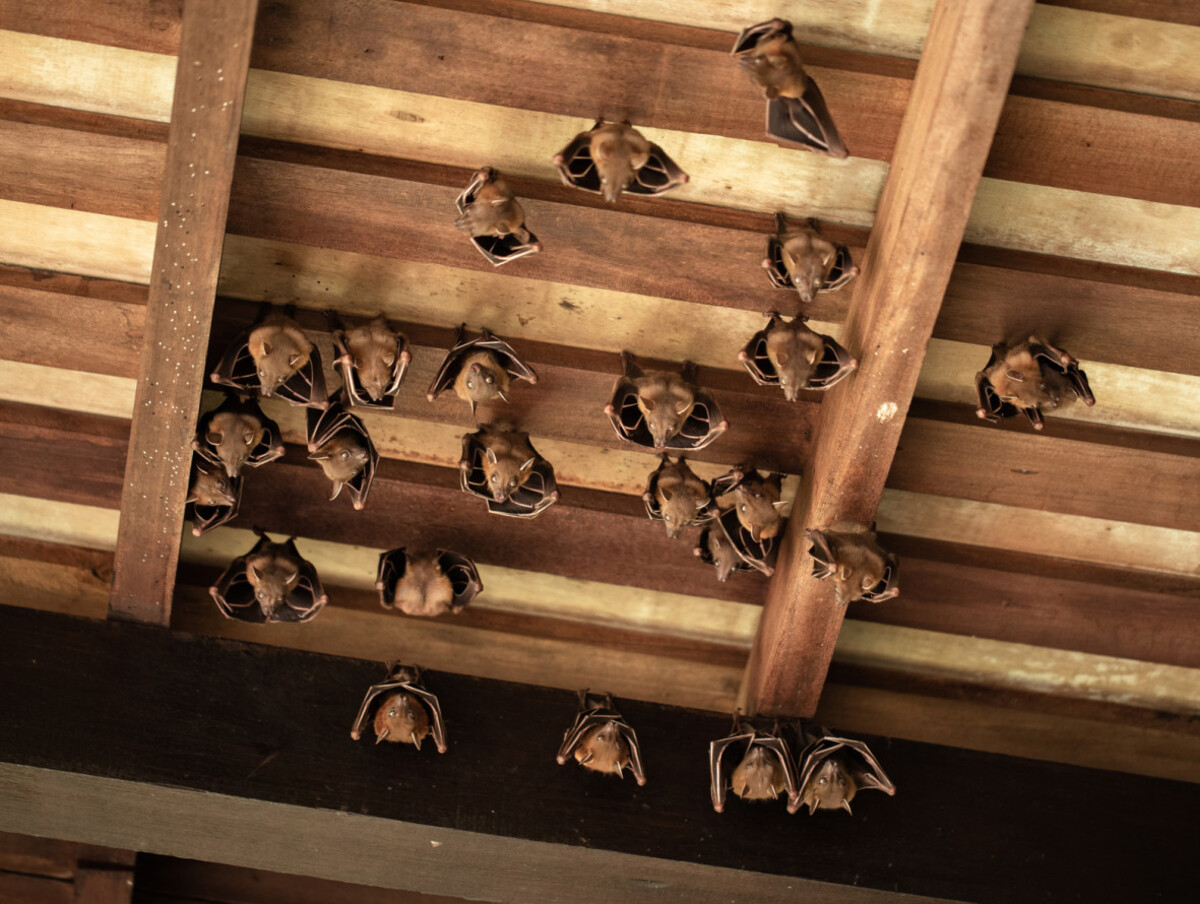

0 thoughts on “How Do You Insulate Knee Walls In An Attic”